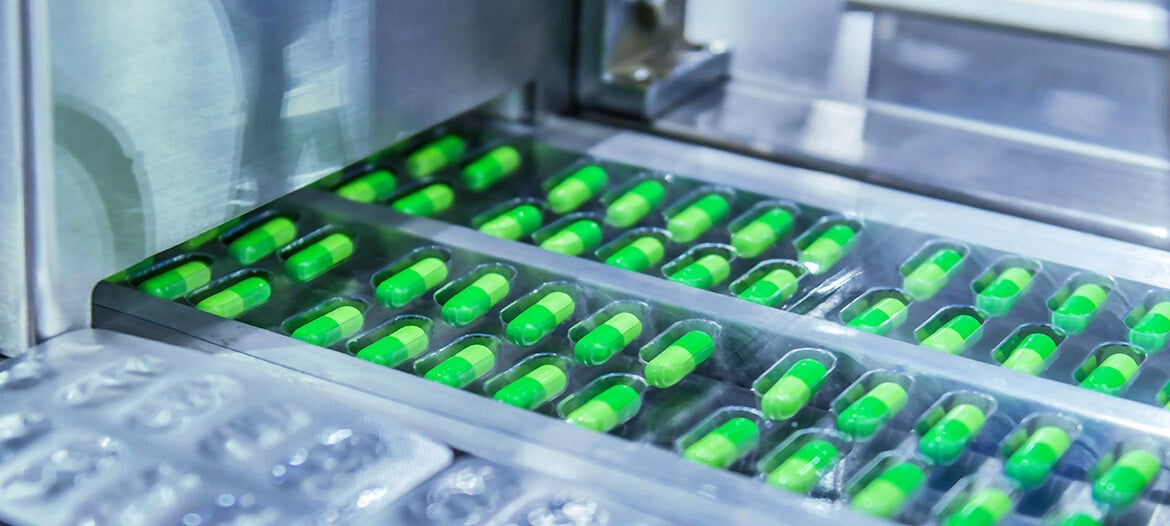Managing Humidity Risks in Pharmaceutical Supply Chain
Humidity can have a significant impact on drug product stability and packaging integrity as pharmaceuticals move through global supply chains. With climate change bringing more extreme weather events like heatwaves, managing humidity is becoming increasingly critical.
This was the focus of a recent Temperature Control Tuesdays™ Leading Minds Network expert webinar moderated by Karen Greene, CPPL, vice president of client solutions at Network Partners, with panelists Dr. Peter Moir, CEO of Relequa Analytical Systems, and Tomas V. Pla, staff packaging engineer at Network Partners. They explored key considerations around humidity monitoring and mitigation strategies for pharmaceutical companies.
Why Measure Humidity?
As Dr. Peter Moir explained, humidity is a direct measure of moisture, which is known to affect both chemical and physical drug product stability. Pharma companies try to control humidity during manufacturing, but lose control when products enter the supply chain with fluctuating temperatures and humidity levels and moisture.
While the impact of temperature is well understood, humidity is more subtle. Higher temperatures accelerate the damaging effects of high humidity. Monitoring humidity gives insight into moisture exposure risks.
What's Changed?
Climate change has increased atmospheric moisture and humidity levels. Dr. Moir stated this growing problem will likely get worse, bringing more frequent humidity-related issues. However, monitoring technology has also improved, enabling supply chain data collection that wasn't possible before. The combination of mounting risks and better tools makes humidity monitoring increasingly important.
Pla added that globalized distribution reaches more climates. Centralized packaging development may not account for regional weather extremes. He emphasized involving packaging engineers upfront to assess humidity risks and requirements.
Tools for Measurement
Dr. Moir discussed how vapor pressure concepts can model moisture ingress through packaging. By capturing temperature/humidity data and packaging permeation rates, companies can estimate moisture exposure. However, interactions between products and moisture add complexity. Experimental data in supply chains is needed to refine predictive models.
Pla suggested simple humidity indicators in shipments to pinpoint problem areas. Collaboration with logistics providers to access real-time tracking data is also key. AI can help interpret massive data sets to derive actionable insights.
Mitigation Strategies
The experts highlighted training and vigilance around good distribution practices that avoid introducing excess humidity. Pla stressed right-sizing packaging solutions to meet, but not dramatically exceed, requirements. Costly over-engineering can be avoided through upfront risk assessments.
Dr. Moir noted that companies can't fully mitigate problems like a delayed shipment in extreme heat. However, an understanding of humidity’s impact on the product can guide assessment of exceptional excursions. Ongoing stability programs also provide baselines for product tolerance.
Conclusion
Humidity presents nuanced risks that require supply chain visibility and collaboration to address. Monitoring technology and data analytics enable targeted mitigation. As climate change continues, vigilance around humidity will only become more crucial for pharmaceutical quality and patient safety.








Leave a Comment